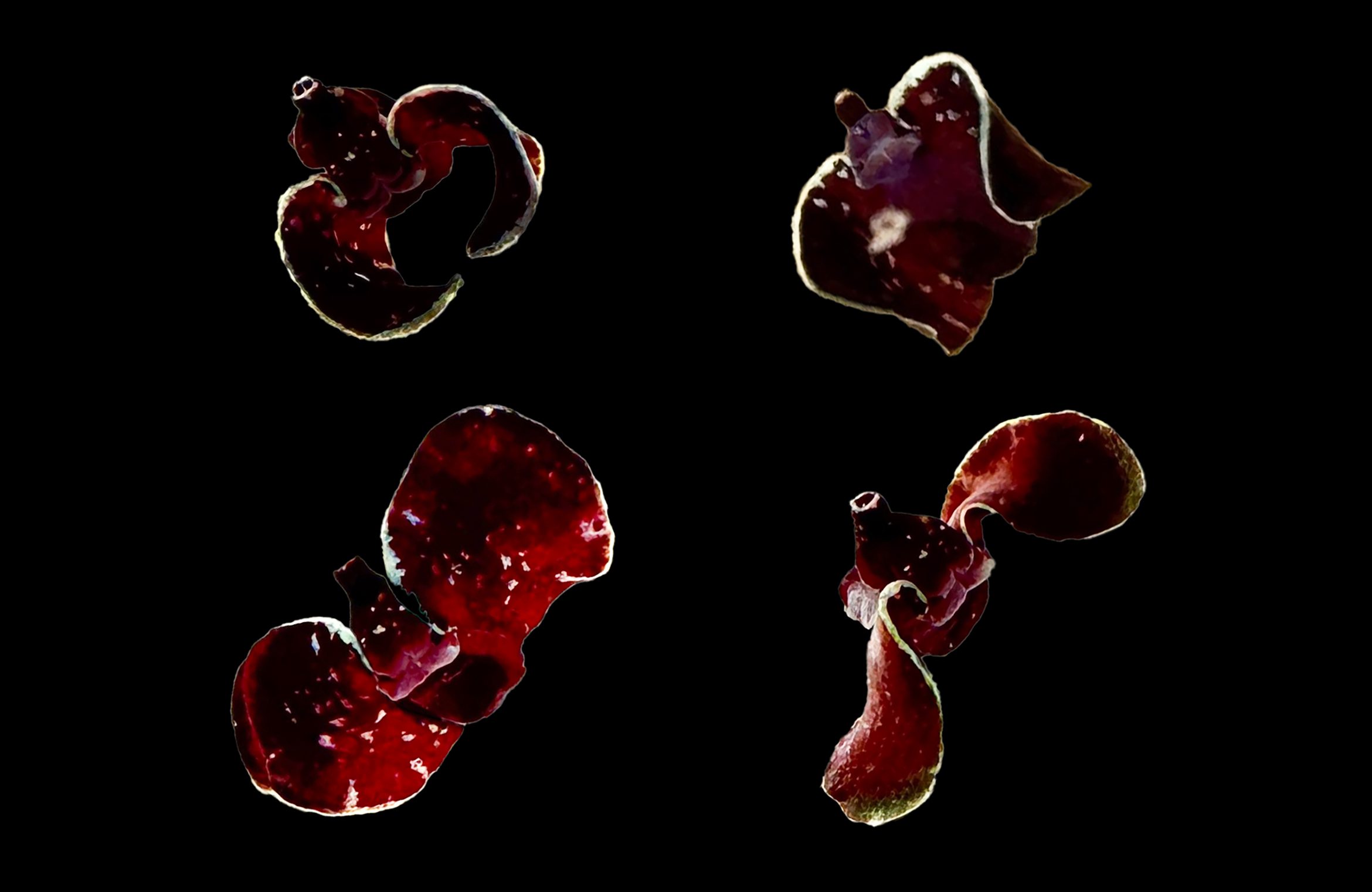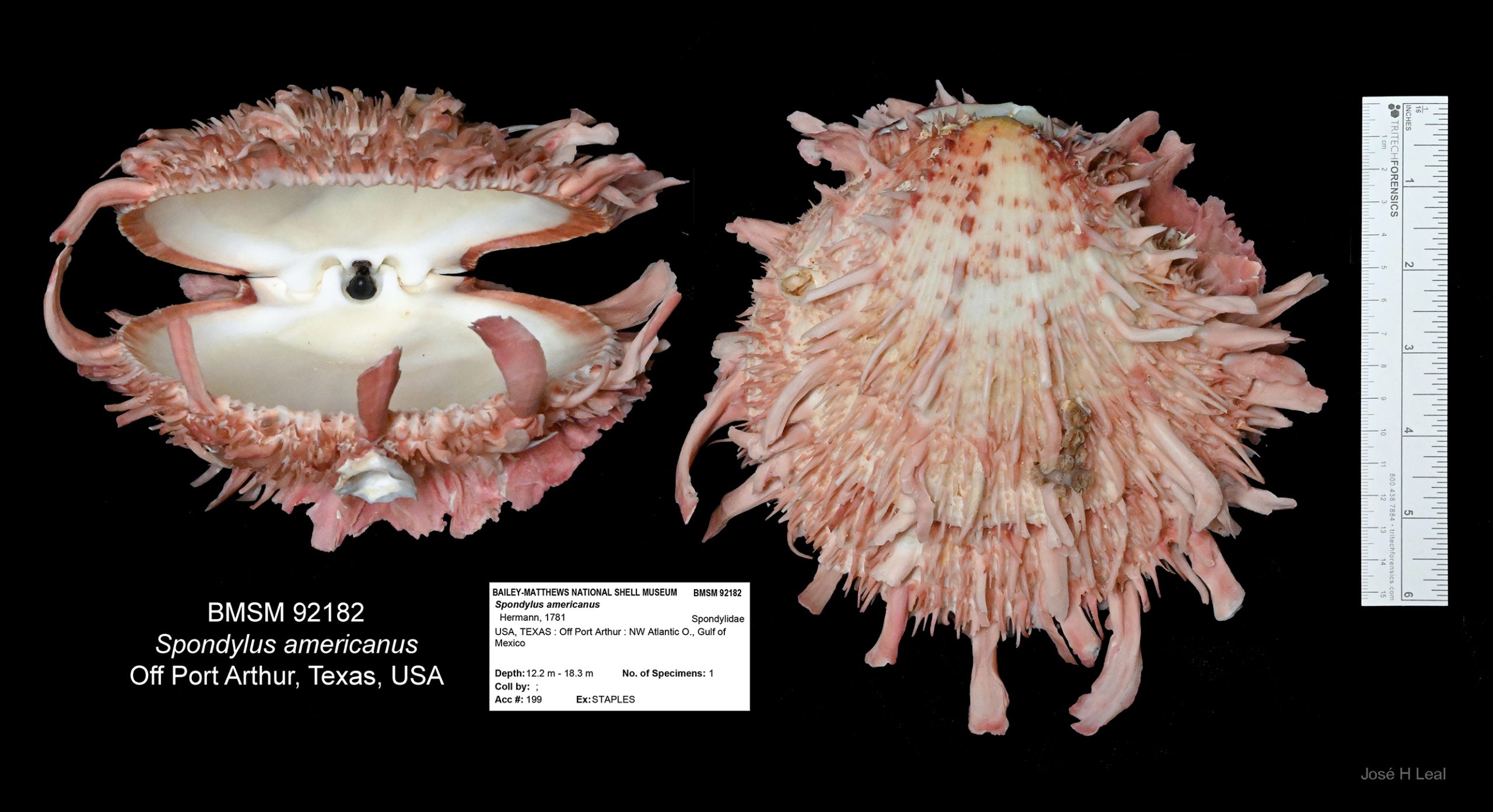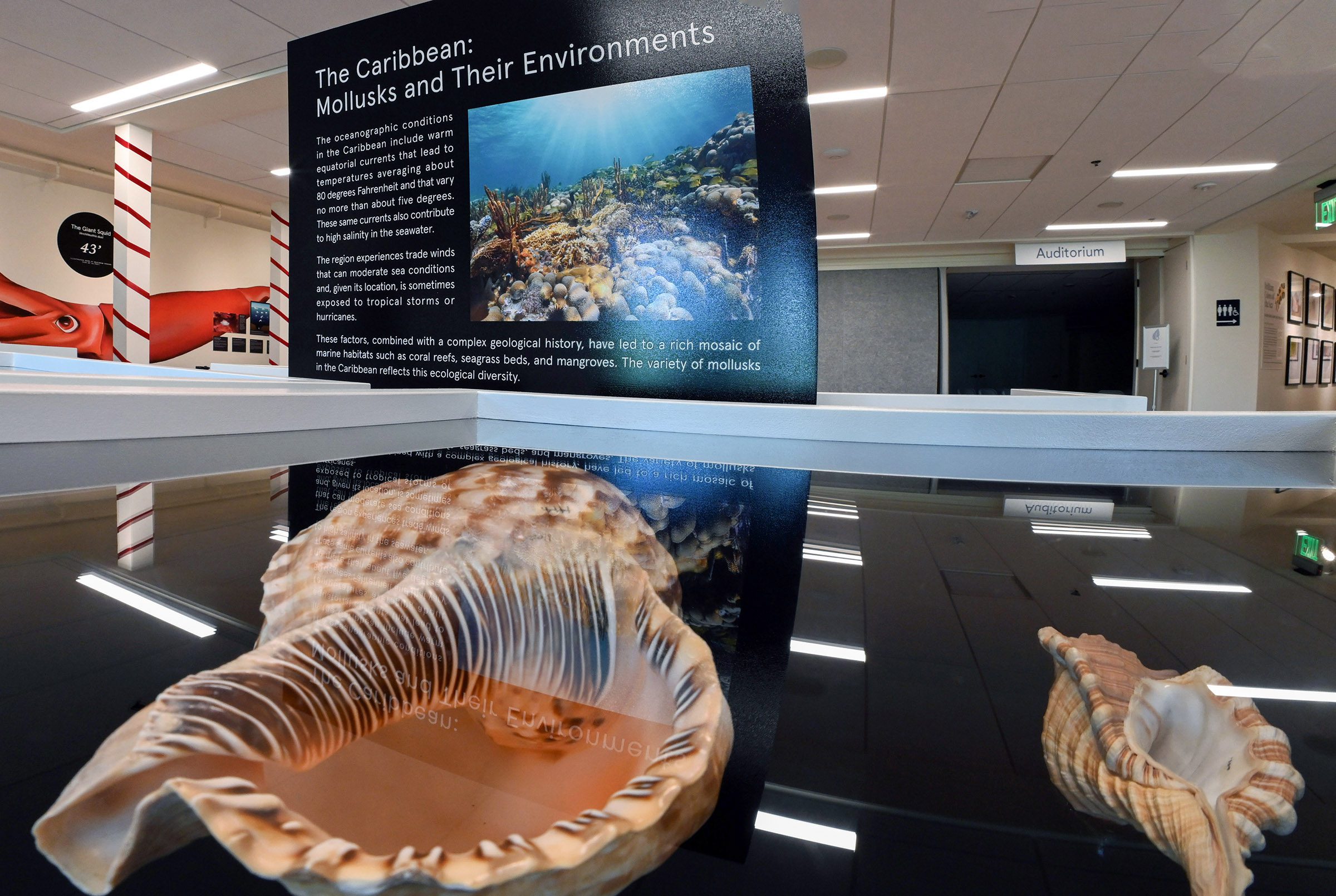Ammonites are a group of extinct marine mollusks that belong in the Cephalopoda, the same class that includes octopuses, squids, and nautiluses. Ammonites are known for their heavy, planispiral (“flat”) shells. They also include the largest shell known among mollusks, Parapuzosia seppenradensis, first found in 1895 in Germany, which reached at least 180 cm (about 5.9 feet) across.
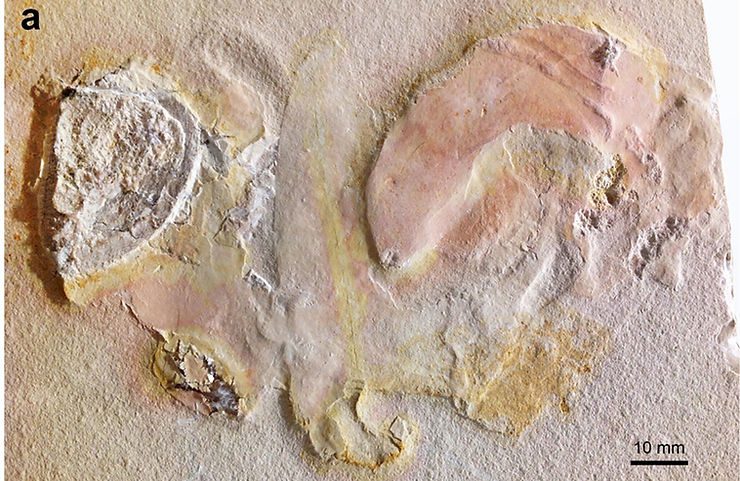 Fossilized body parts of Subplanites sp. Courtesy Christian Klug.
Fossilized body parts of Subplanites sp. Courtesy Christian Klug.
Despite their large size and apparent diversity through geological time, little is known about the anatomy and body parts of ammonites. Shedding some light on the eternal darkness of ammonite anatomy, Christian Klug (University of Zurich, Switzerland) and collaborators recently published an article tentatively identifying, among other parts, the digestive tract, reproductive organs, and the mantle cavity with gills, among other parts.
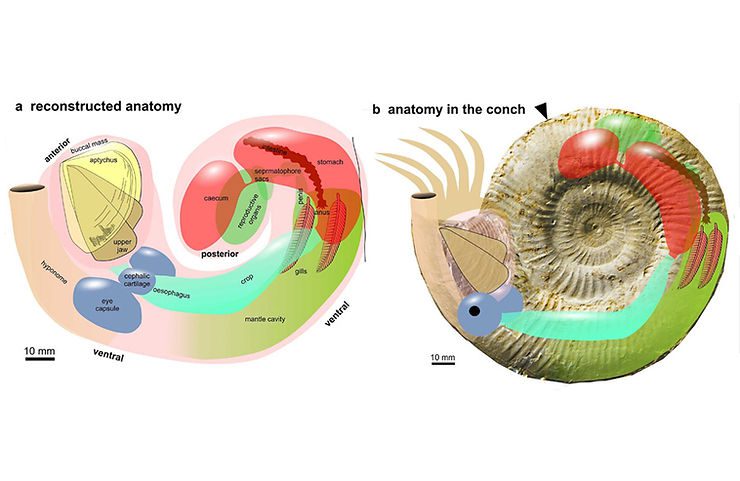 Reconstruction of soft parts of Subplanites sp. according to Klug et al. 2021.
Reconstruction of soft parts of Subplanites sp. according to Klug et al. 2021.
In the topmost image, the blob encompasses the fossilized anatomical remains of the ammonite (in the genus Subplanites) they studied, which appeared in the early Tithonian age (around 150 million years ago), at Wintershof, in Germany. The soft parts were apparently either separated from the shell after death or during a failed predation attempt. The very fine nature of the sediments that buried the soft parts, and other paleo-environmental conditions, helped with the excellent preservation of the parts. And the authors inferred the nature and function of the parts by analogy with other cephalopods, fossil and living. Read Klug et al.’s complete study here.
